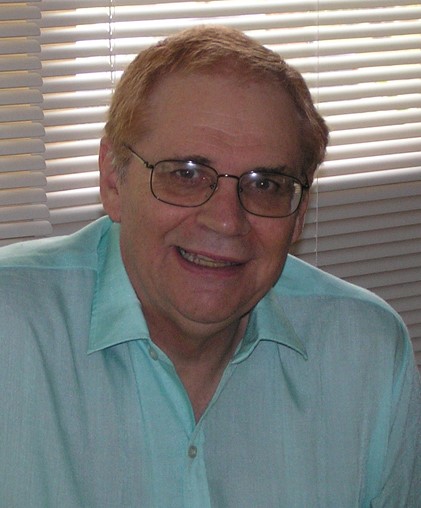Sidebar
Events Calendar
How the Universe Exists: From Un-Clear Physics to Nuclear Physics
Physics is about how things work. This talk is about particles and what holds them together. It will also include how this affects the working of the stars.
In 1932 the atom was thought to be simply protons and neutrons in the nucleus, with electrons in energy levels around it. Then chaos descended with multitudes of particles and the idea of probabilities determining things. Albert Einstein is quoted as saying “out of clutter find simplicity”, so this is an attempt at that.
The elementary particles of matter are now grouped as Hadrons (“bulky things”) and Leptons (“light bits”). The Hadrons are further split into Baryons (“heavy weights”) and Mesons (“middle weights”).
However, it was found that Hadrons were made from more fundamental particles called Quarks, which have both electric charge and “colour" charge. What binds the Quarks within a Hadron are some kinds of “glue” particles.
Leaving aside gravity, the elementary particles interact with three forces called the Strong Nuclear force, the Weak Nuclear force and the Electromagnetic force.
The Strong Nuclear force binds nuclei together and the fusion of nuclei by stars creates heat, light and all the elements that naturally exist.
Because of the Weak Nuclear force, if you could collect a bucket of neutrons, only half of them would be left in ten minutes, because they would decay into protons by emitting electrons.
When two protons are together, the Weak Nuclear force can cause one proton to decay into a neutron and the Strong Force can hold that proton and neutron together. Without that, Hydrogen can’t fuse into Helium and there would be no stars and no planets.
The Electromagnetic force creates electric forces, electric current and magnetism. In particular, it controls the behaviour of plasma (an ionic gas) within magnetic fields, which is central to our understanding of the formation of stars and planets. It can generate visible light as well as other non-visible radiation. It binds atoms together into molecules and life. It also stops us from falling through the floor.
 Peter Eyland
Peter Eyland
was an academic in the School of Physics at UNSW for 35 years full time, and spent 10 years as a casual academic after his retirement. He has been active in a number of clubs and societies as Board member, management committee, etc. His qualifications include B.Sc. UNSW (Physics and Maths), M.Physics UNSW, B.D. Hons London, Th.L. Hons Aust Coll Theol, M.A. Macquarie (Ancient History).
